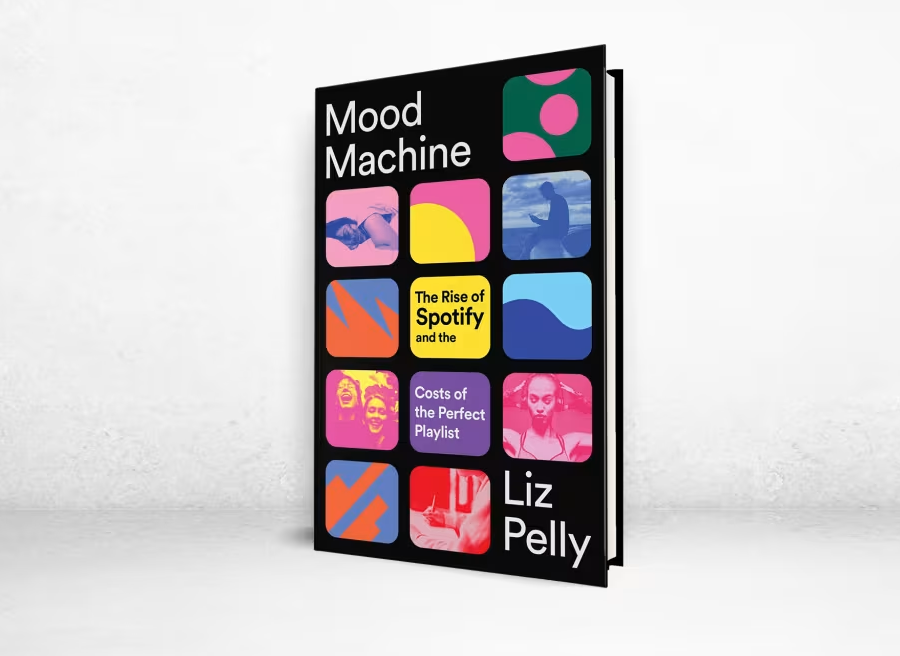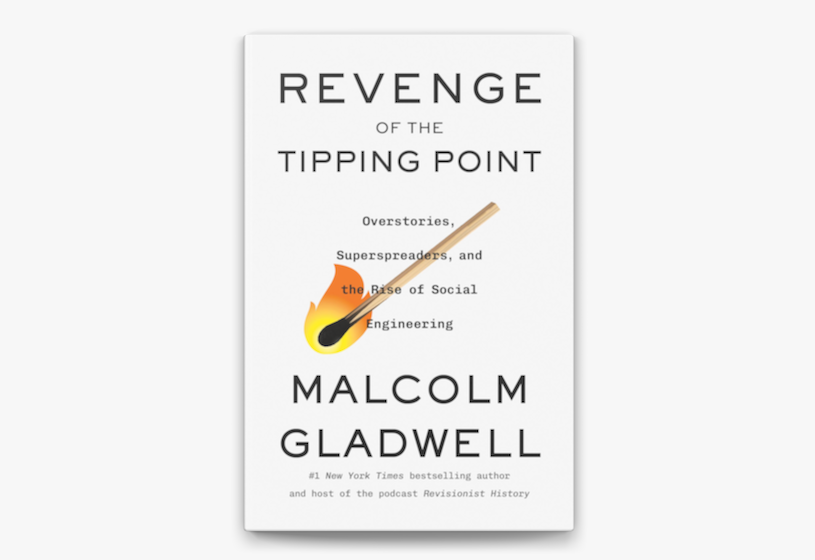 WHEN I FIRST ARRIVED in New York, some time back in the last century, I gazed in awe and fascination at subway riders reading The New York Times. Thanks to a precise and universally adopted method of folding the paper (had it been taught in schools?), they could read it and even turn its pages without thrusting them in anyone else’s face. The trick? Folding those big, inky broadsheets into neat little rectangles—roughly the same size, in fact, as an iPad. It’s as if they were trying to turn the newspaper into a mobile device. And that, we can now see, is precisely what news is meant for. Today, New York newspaper origami is an all-but-lost art; straphangers have their eyes glued to their smartphones.
WHEN I FIRST ARRIVED in New York, some time back in the last century, I gazed in awe and fascination at subway riders reading The New York Times. Thanks to a precise and universally adopted method of folding the paper (had it been taught in schools?), they could read it and even turn its pages without thrusting them in anyone else’s face. The trick? Folding those big, inky broadsheets into neat little rectangles—roughly the same size, in fact, as an iPad. It’s as if they were trying to turn the newspaper into a mobile device. And that, we can now see, is precisely what news is meant for. Today, New York newspaper origami is an all-but-lost art; straphangers have their eyes glued to their smartphones.
Journalism, however, is holding its own. Statistics from the Times say roughly half of the people who read it now do so with their mobile devices, and that jibes with figures from the latest Pew report on the news media broadly. But if you were to assume that means people have given up reading actual articles and are just snacking instead, you’d be wrong. The Atlantic recently reported that a gorgeously illustrated 6,200-word story on BuzzFeed—which likewise gets about half its readers through mobile devices—not only received more than a million views, it held the attention of smartphone users for an average of more than 25 minutes. (Wired’s in-depth web offerings have also attracted audiences. Joshua Davis’s profile of a brilliant Mexican schoolgirl garnered 1.2 million views, 25 percent of them from phones, and readers spent an average of 18 minutes on it.) Little wonder that for every fledgling enterprise like Circa, which generates slick digests of other people’s journalism on the theory that that’s what mobile readers want, you have formerly short-attention-span sites like BuzzFeed and Politico retooling themselves to offer serious, in-depth reporting. “Maybe we’re entering into a new golden age of journalism,” venture capitalist Marc Andreessen mused in a recent blog post, “and we just haven’t recognized it yet.”
Even just two years ago, such an assessment would have seemed almost ludicrous. Demand Media, the “content farm” that went public in 2011 in an IPO that saw it valued more highly than the Times, seemed like it was going to be the way of the future. Its business model was breathtakingly cynical: With an algorithm dictating what they should write about, people working at peasant wages churned out valueless verbiage that could be festooned with loads of advertising and optimized to turn up at the top of a list of search results. “They really understand consumer behavior on the web and how to build businesses on it,” Facebook’s Sheryl Sandberg told Bloomberg Businessweek at the time. In fact, they understood neither: After Google changed its search algorithm to penalize low-quality, ad-heavy sites, Demand Media’s traffic and stock price collapsed. Other outfits relying on similar search engine optimization tactics to generate big bucks with crap content have experienced the same fate.
Media investors and entrepreneurs began to realize they’d need distribution that Google didn’t control—like social media, which doesn’t rely so heavily on search results. But this strategy means those stories and videos have to appeal to humans, not algorithms, and for that they need to be satisfying.
A New York Times mobile app presents Times content with news from around the Web. “It’s the best Twitter feed I’ve ever seen,” one tester said.

 August 1, 2014
August 1, 2014





